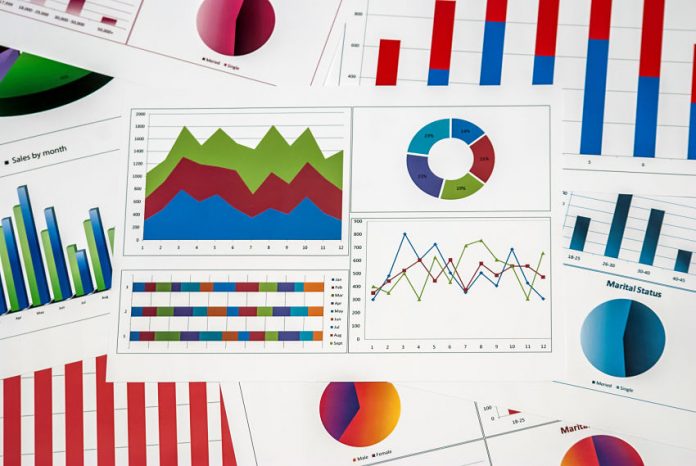Data analysis is the systematic application of statistical and logical techniques to understand, describe and present information for a better decision making.
In every industry, not only in marketing, data is king. Data analysis and evaluation is very important to improve service delivery and customer satisfaction.
If you’re into data collection or deal with statistical methods, you will definitely want to evaluate data, and you can read this datapine blog post about analytical reports.
Today, I would like to talk about the steps involved in grouping your data.
What you need to be aware of before you can evaluate your data
Once you have collected your data or receive a finished data set for evaluation, the first thing to do is to prepare your data so that you can evaluate it meaningfully.
Even if you want to do the evaluation manually, you need a little preparation before you evaluate your data.
Above all, if you use software like Microsoft Excel or SPSS, you first have to make your data usable.
Check your Data for possible errors
Mistakes are a regular occurrence when collecting data, especially when collecting a lot of data.
Therefore, a plausibility check at the beginning before you start interpreting the data makes sense.
You asked for the age and now it says 200, you’d need to run a few check on the data collected, even if you’re using automated tools to collect and analyze your data.
Errors are very possible, it could be intentional or mistake during the data collection stages.
Within a data set, there could be omission of some important information that you’d need in your data analysis and evaluation.
Let’s say you’ve collected data about your customers, and not all your customers have filled in their gender, address, age, occupation etc.
Something has gone wrong here, and it’s important you correct your data, only make changes if you are absolutely sure that you are not falsifying your data.
You may be able to identify where you live, but you probably don’t remember the right age.
In this case, the corresponding value must remain empty and must not be included in the evaluation.
Group Data into their forms
In order to be able to evaluate your data, it should ideally be structured, and in the form of a table.
To do this, write the name of the respective variable in the column headings, for example “age” or “gender”
Underneath each column heading, you should list the collected data line by line.
This way, you have all the information about your age in one column and can therefore evaluate it easily.
Declare variables and group them into classes
The data you collect has different levels of measurement, which means you can evaluate them in different ways.
How you measure your data is sometimes dependent on the usefulness of the data, and the purpose of collecting the data.
If you can only say whether a property is the same or different (for example, occupation or gender) it is called a nominal scale.
However, with an ordinal scale, the second type of response , you can also distinguish between more and less, for example when your respondents should say whether they strongly agree, somewhat agree, or strongly disagree with a statement.
Another type is the interval scale where you can calculate with the values, such as size, weight, volume etc.
This is useful for certain statistical metrics (like the mean), but if you just want to count the values, you’ll need to classify your data to do that.
This also applies if you asked open questions to which your respondents could answer with free text.

